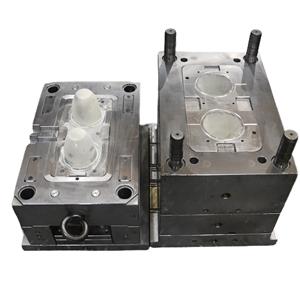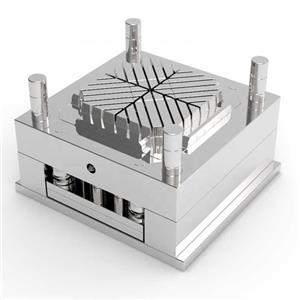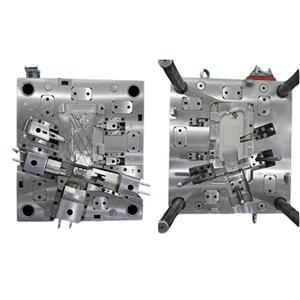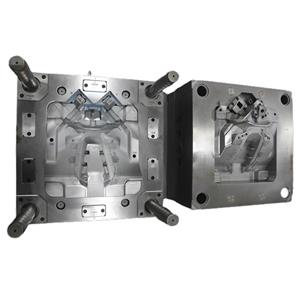Understanding Automotive Bumper Systems From Design to Crash Performance
Design Considerations: Balancing Aesthetics and Functionality
The book emphasizes the delicate balance between aesthetics and functionality in bumper system design. Manufacturers face the constant challenge of creating bumpers that are both visually appealing and robust enough to withstand impacts. This requires careful consideration of various factors, including the overall vehicle design language, the intended target market, and the desired level of crash performance. The book details how advanced computational fluid dynamics (CFD) simulations are employed to optimize aerodynamic performance while minimizing drag and noise. It also explores the integration of various sensor technologies within the bumper structure, paving the way for advanced driver-assistance systems (ADAS).
Furthermore, Understanding Automotive Bumper Systems From Design to Crash Performance highlights the importance of material selection in achieving optimal performance. The book dives deep into the properties of various materials, including steel, aluminum, plastics (like polypropylene and thermoplastic polyolefin), and composites, discussing their strengths and weaknesses in terms of impact absorption, weight reduction, and cost-effectiveness. The choice of material significantly impacts the overall system's design, as each material behaves differently under stress. The text carefully analyzes the trade-offs involved in selecting materials based on specific design requirements and regulatory standards.
Crash Performance and Regulatory Compliance
A significant portion of the book is dedicated to the rigorous testing procedures and regulatory compliance standards that automotive bumper systems must meet. The book explains the various crash tests, such as offset frontal impacts, low-speed impacts, and pedestrian impact tests, and outlines the specific criteria that must be satisfied to meet global safety standards like those established by the National Highway Traffic Safety Administration (NHTSA) and the European New Car Assessment Programme (Euro NCAP). Understanding the intricacies of these tests and the resulting performance metrics is vital for ensuring the safety of vehicles.
The text also explores the use of advanced simulation techniques, such as finite element analysis (FEA), to predict the bumper system's behavior during a crash. FEA allows engineers to virtually test various design iterations before physical prototyping, saving significant time and resources while optimizing the bumper's crashworthiness. The book meticulously illustrates how these simulation tools are used to refine designs, ensuring compliance with regulations and maximizing occupant and pedestrian safety.
Manufacturing and Cost Optimization
Understanding Automotive Bumper Systems From Design to Crash Performance also delves into the manufacturing processes involved in producing automotive bumpers. The book covers various techniques, from traditional stamping and molding processes to more advanced techniques like injection molding and hydroforming. Each method has its own set of advantages and disadvantages in terms of cost, production speed, and the quality of the final product. The book provides insights into how manufacturers select the most suitable production methods based on design complexity, material selection, and production volume.
Furthermore, the book explores strategies for cost optimization within bumper system design and manufacturing. This includes minimizing material usage without compromising safety performance, streamlining production processes, and leveraging economies of scale. The text emphasizes the importance of finding the right balance between cost-effectiveness and high-quality performance, a crucial factor in the competitive automotive industry.
Future Trends and Innovations
Looking ahead, the book also discusses emerging trends and innovations in automotive bumper system design. This includes the incorporation of lightweight materials, such as carbon fiber reinforced polymers (CFRP), to improve fuel efficiency. The integration of active safety features, such as deployable bumper systems and energy-absorbing foams, is also explored. The book examines how these advancements are transforming the design and functionality of bumpers, leading to safer and more environmentally friendly vehicles.
Finally, the book discusses the potential impact of autonomous driving on bumper system design. With the rise of self-driving cars, the need for robust and adaptable bumper systems that can effectively handle various collision scenarios is becoming increasingly important. The book speculates on the future of bumper technology, highlighting how it may evolve to meet the demands of a rapidly changing automotive landscape. Understanding these future directions is essential for continued advancements in vehicle safety and design.




